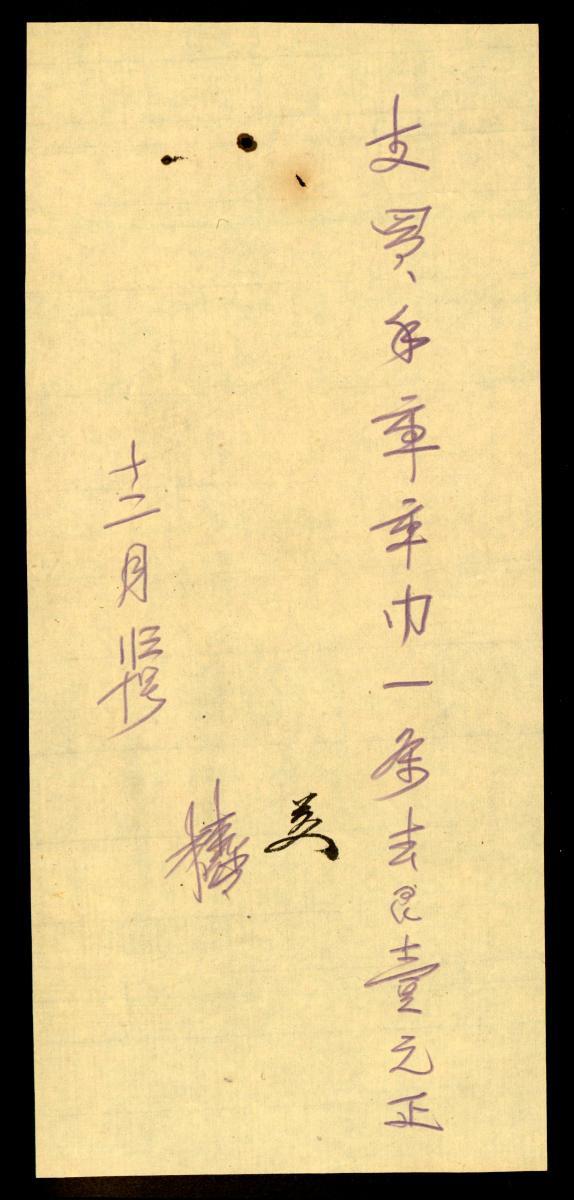During the era of European colonisation, South Asian silversmiths made intricate and elegant objects to meet the needs of Europeans settled in the region as well as for export. Sri Lanka was also an important centre of production, apart from the centres spread across India. Such silver objects were fashionable additions to the households of European officers. While European aesthetics directed the early work of the silversmiths by the 19th century regional motifs were incorporated in response to popular demand. This is a rare and exquisite example of a silver bible box made in Sri Lanka in the early 19th century. Bible boxes were made by local artisans for Dutch colonial officials living in the colonies, namely Sri Lanka or Batavia. Made of calamander, ivory, tortoise shell and silver these boxes would contain a small personal bible. Bible boxes often replicated the style of the leather-bound bibles they were made to contain. These boxes are also known as Dutch Colonial bible boxes, as they emerged during the Dutch occupation of Sri Lanka, Batavia and southern India. The use of expensive and luxury materials with gold or silver fittings meant that these boxes were intended for export or for use by the elite and affluent. Bible boxes in solid silver are harder to come by as these could have been melted down in the past for the re-use of the silver for the making of more fashionable objects.This silver box is elaborate and ornamented with traditional Sri Lankan aesthetics using repousse and chased techniques. The box is beautifully designed with flora and fauna. The cover of the box shows a vase overflowing with an abundance of luxuriant tropical flowers and foliage. A pair of stags are seen flanking the vase; they are likely inspired by the Sambar deer that’s native to Sri Lanka. Directly above the vase is a depiction of the gandaberunda or a double headed or bicephalous bird surrounded by foliage. The use of an eagle would have been more in keeping with western tradition; the portrayal of the gandaberunda is more consistent with ornamentation found in Indian and Sri Lankan Hindu art and architecture.















